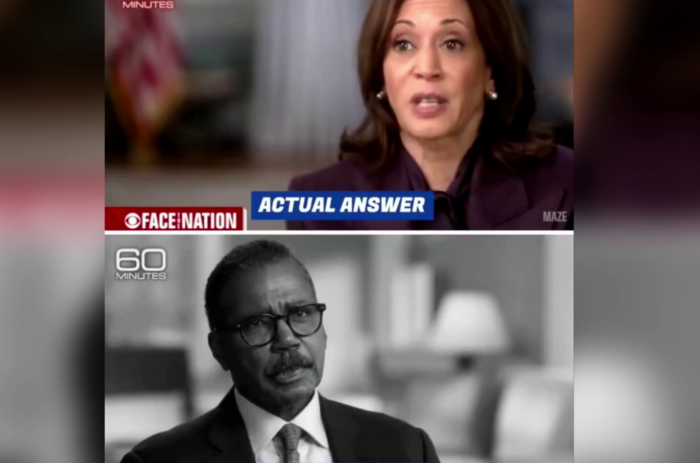redo Jump to...
print Print...
Directions
-Read the excerpt below from Rich Noyes's Special Report at mrc.org on Oct. 26th.
-Read "Types of Media Bias" in the right column. Then answer the question.
Since Election Day 2004, the U.S. economy has added more than 3 million new jobs. The unemployment rate dropped from a healthy 5.5% to an even more impressive 4.6%….Since the fall of 2004, the overall size of the U.S. economy (GDP) has increased by more than $1.3 trillion – new wealth that exceeds the total size of the Russian, Saudi Arabian and Hong Kong economies combined.
An ABC News/Washington Post poll released October 9…found pessimism: 53% [of American voters] said the economy was “not so good” or “poor,” vs. 47% who said it was “good” or “excellent.”
Why are voters so gloomy when the economic reality is so good? One reason may be the fact that the big broadcast networks have buried the good economic news under an avalanche of bad news stories. A recent study from MRC’s Business & Media Institute (BMI) proves the point. Looking at a year’s worth of economic coverage on the ABC, CBS, and NBC evening news (August 1, 2005 to July 31, 2006), the BMI analysts found “more than twice as many stories and briefs focused on negative aspects of the economy (62%) compared to good news (31%).”
While the real world offered good news, the networks presented pain…On the April 24 World News Tonight, ABC’s Jake Tapper showcased a woman who claimed she had to pawn her wedding set to put gas in her husband’s truck. A week later, on the May 1 CBS Evening News, reporter Sharyn Alfonsi suggested higher pump prices meant the elderly were going to starve: “They’re used to living on fixed incomes, but now skyrocketing gas prices are forcing seniors to make difficult choices. Some are cutting back on gasoline, others say they’re eating less.”
………
Good news has barely created a ripple. One of the best economic reports of 2006 was a May 25 Commerce Department release showing the economy grew at a robust 5.3% rate in the first quarter. ABC’s World News Tonight gave the news just 17 seconds; the CBS Evening News and NBC Nightly News completely skipped it.
On October 6, the Labor Department announced that a previously overlooked 810,000 new jobs had been created since March 2005, a huge positive revision. None of the network evening newscasts said a word about it. A week later (October 11), final numbers showed the much-bemoaned federal budget deficit had been cut nearly in half since 2004, thanks to surging tax revenues credited to strong economic growth. That night, ABC and CBS skipped it, while NBC Nightly News gave the story just 22 seconds.
For the complete report, click here.
To accurately identify different types of bias, you should be aware of the issues of the day, and the liberal and conservative perspectives on each issue.
Types of Media Bias:Questions
What types of bias are seen in this example?
Scroll down to the bottom of the page for the answers.
Answers
The following types of bias are seen in the excerpt above: omission, story selection and spin.



